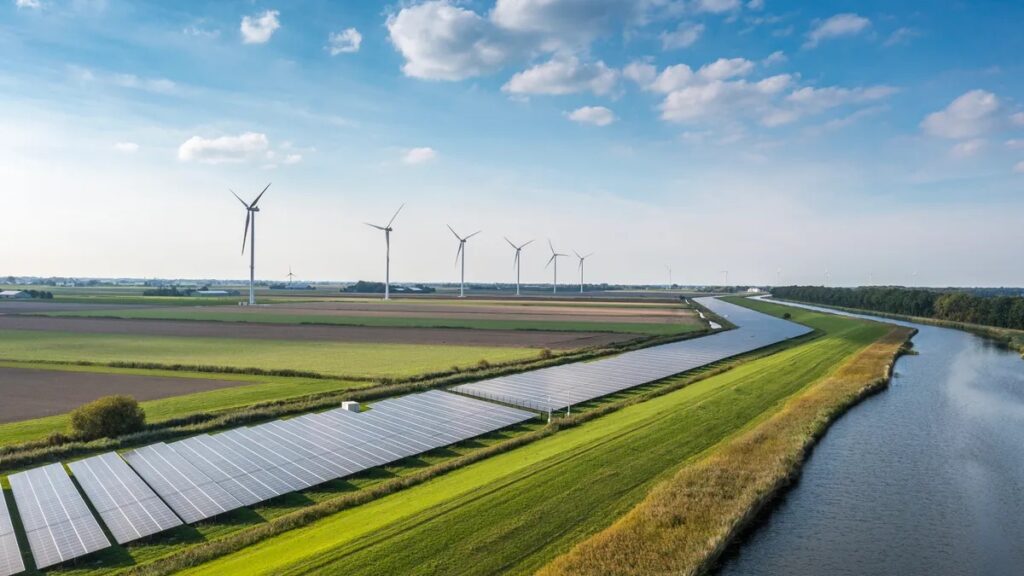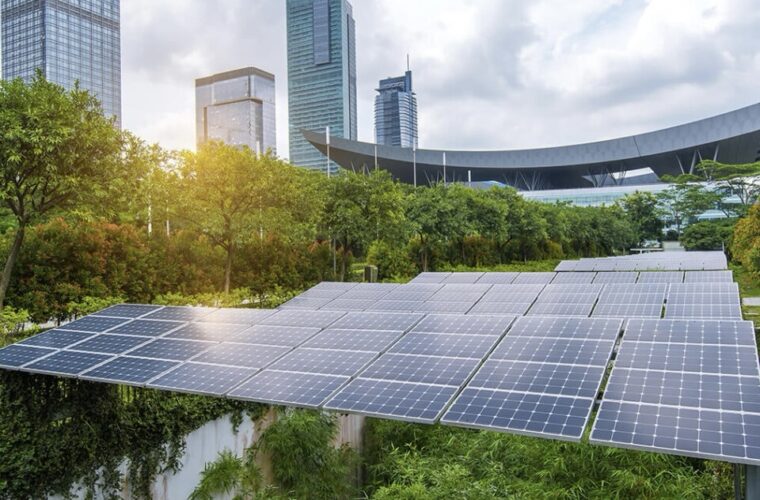Renewable Energy Projects Yielding Lower Returns
Challenges in Financing Renewable Energy Projects
According to Johann Bester, general manager of Thebe Investment Corporation’s power and infrastructure division, independent power producer (IPP) developers are currently yielding lower returns on renewable energy projects—roughly 11%—which makes it difficult for banks and other institutions to provide financing.
At the Coal & Energy Transition Industry Day on July 23, he presented this problem statement to a panel of experts and added that some banks are choosing not to participate in Bid Window 7 of the Renewable Energy Independent Power Producer Procurement Programme because the returns are just too low.
Bester said, “Businesses are bidding themselves down to the bottom line.” He clarified that even those margins are being squeezed, with developers not making as reasonable returns on projects as they had in the past. The country will remain competitive, he said, because of the levelized cost of energy, or cost of energy to the industry.
Decreasing Returns on Renewable Energy Projects

Nondu Ngidi, the energy business development manager at Industrial Development Corporation (IDC), concurred, stating that the returns on renewable energy projects had drastically decreased and that certain lenders were finding it difficult to keep funding some of these projects.
She stated that in order to make projects more bankable, they needed to be partially subsidized, or developers needed to improve their contract negotiations with engineering, procurement, and construction firms.
Examining the program as a whole is necessary to determine whether the reduced prices best serve the market. Although the market does favor the lowest tariff, what had to be given up in order for that project to be chosen as the preferred bidder?
Reassessing Pricing Structures
Dipak Patel, head of climate finance at the Presidential Climate Commission (PCC), commented on the issue by stating that project sponsors and developers needed to reassess. He suggested that the reaction to the large derisking in previous bid windows, which was supported by unconditional government guarantees, might have been excessive.
According to Patel, a market structure issue was brought about in project development when an auction was held and developers and sponsors competed to get to the lowest price point before looking for financing.
“We cannot look to the government to go back to 100% guarantees, nor can we blame the banks, which must achieve some level of capital return on their banking books. Finding the right pricing structure is necessary; this is a phenomenon of the market. The definition of a sustainable and effective pricing commitment needs to be revised.
Challenges for Local Participation
Hulisani Neswiswi, the MD of Trilemma Impact Investments, responded by pointing out that market forces prevented new enterprises in South Africa from competing against dollar pricing.
“Without intervention and strong leadership from government structures, we will not get it right. To guarantee that local players are included in this faster transition and prevent unforeseen problems down the road, the industry needs strategic leadership.
Patel noted that of the R167 billion in financing obtained for renewable energy in 2021, only 7% came from foreign sources and the remainder from domestic capital markets; however, debt stock accounted for 88% of the domestic financing.
“PCC feels that the capital and equity markets in South Africa, along with the shorter-term debt markets, have sufficient depth and breadth to support the necessary transition pathways for the energy sector,” he stated.
Ngidi, in the meantime, discussed the IDC‘s financing application considerations and stated that the company prioritized local participation, encompassing asset management as well as operational involvement and local shareholding.
She went on to say that the organization also gave preference to funding businesses that trained locals as part of an international skills transfer program during construction.
According to Ngidi, these requirements—which include, if feasible, sourcing materials locally—helped to transform the energy industry.
Neswiswi pointed out that the sector was falling short in enabling community involvement in renewable energy initiatives.
“There are good products offered by financing institutions, but the terms are not sufficiently entrepreneurial.” When many of the long-term energy supply contracts expire in the future, it is possible that foreign governments and multinational corporations will control our energy sector.
Stance on Coal

Patel emphasized that most development and commercial banks had pledged to stop funding new coal projects. He clarified that any new coal investment in South Africa would need to originate directly from the project developer’s or corporates’ balance sheet in order to develop new mines or power plants.
“The writing is on the wall, but corporates in the new coal sector are free to adopt a risk-based strategy if they believe the market will hold up long enough for them to turn a profit. He said, “I implore those who have a complete stake in the coal value chain to begin considering pivoting strategies.”
Empirical data and projections used in the PCC’s modeling indicate that a significant decline in coal markets is already anticipated by 2035. As of July 23, the Climate Change Bill was signed into law, granting the PCC permission to provide independent opinions, analyses, and recommendations, according to Patel.
He stated that there was only the offsetting of emissions and that he did not believe in the idea of clean coal. Furthermore, he stated that upgrading units like desulfurization units was costly and might not be economically feasible at this point.
“It is understandable that the coal mining and coal-fired power generation industries want to extend the life of their assets, but there will come a time when this is simply not feasible from an economic and financial standpoint. It is both inevitable and essential to move away from fossil fuels.



